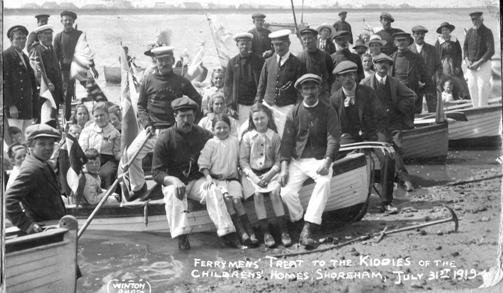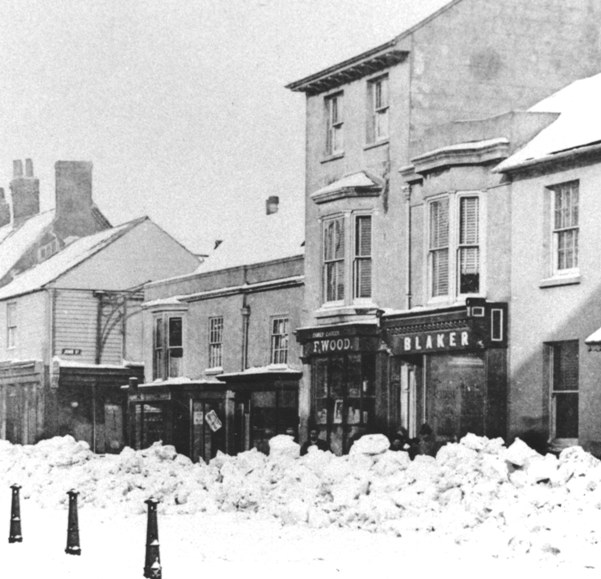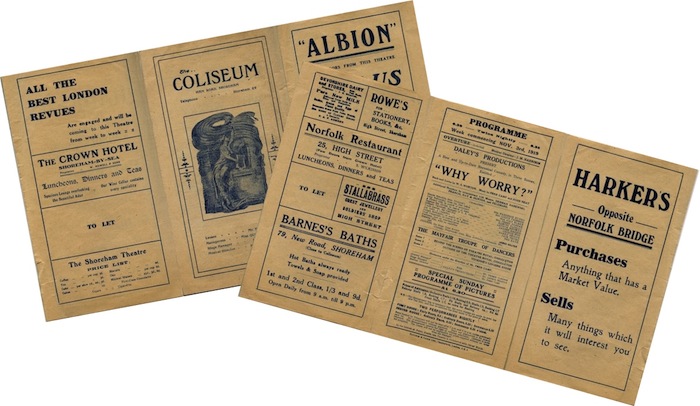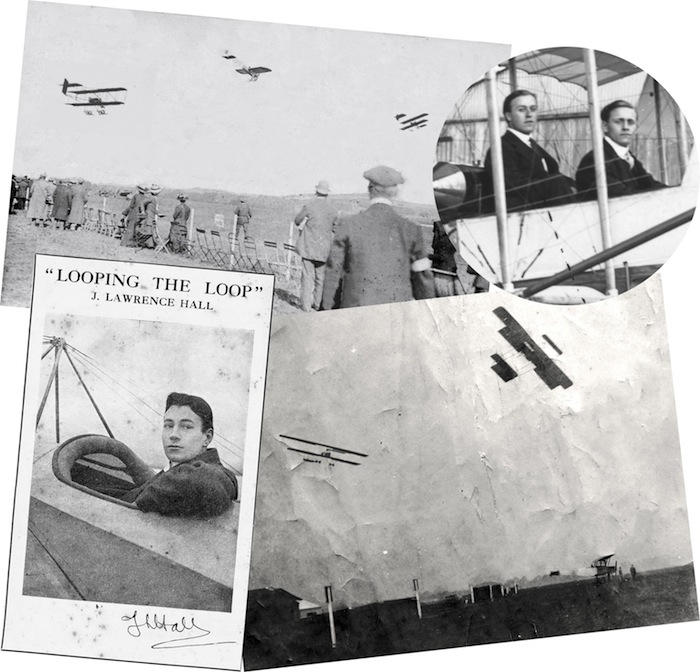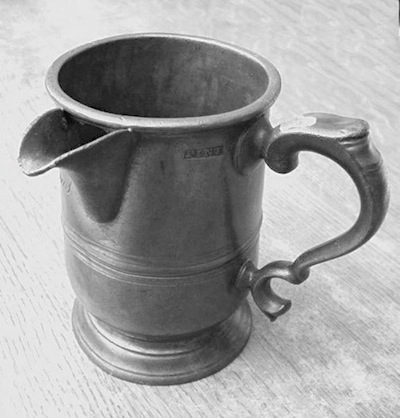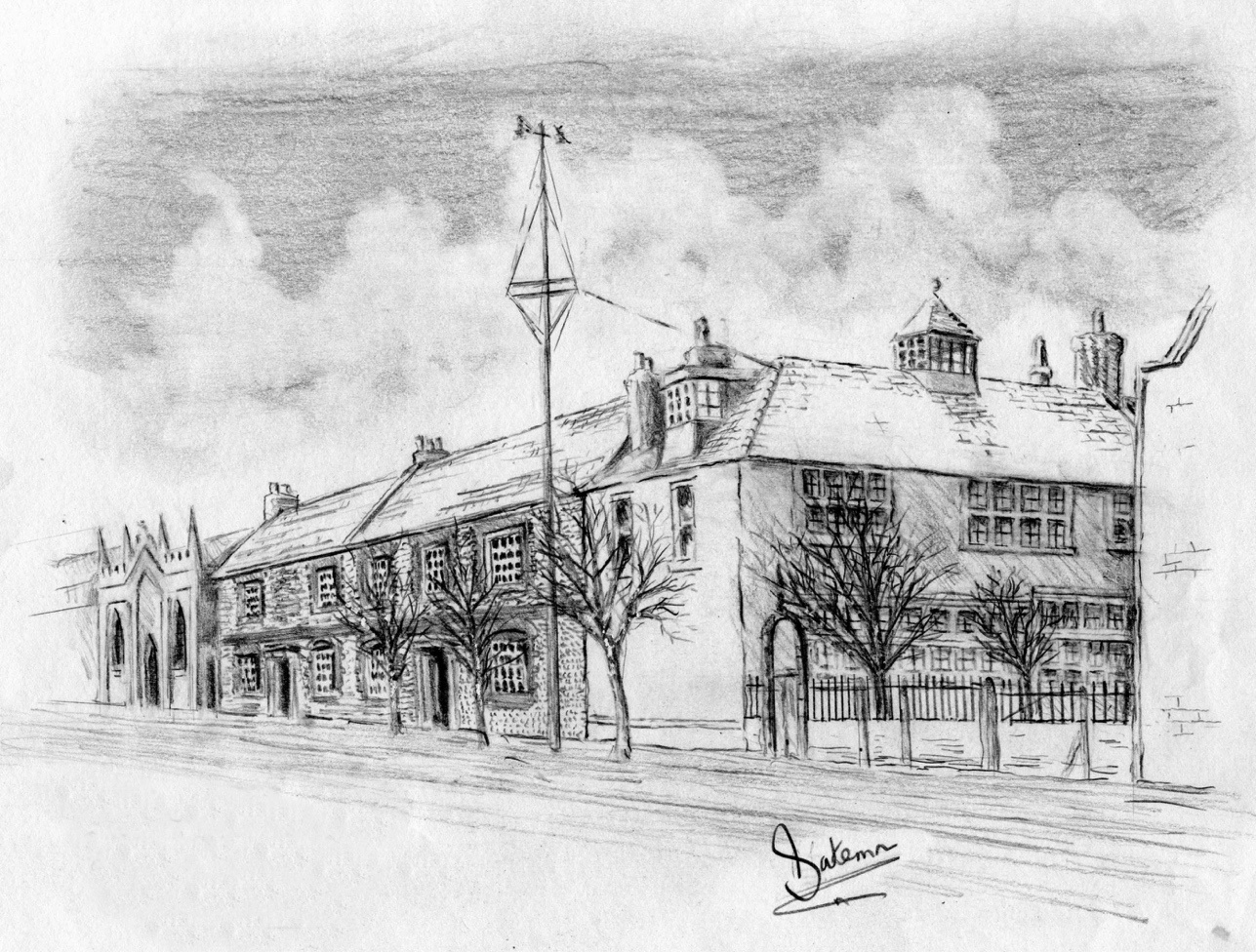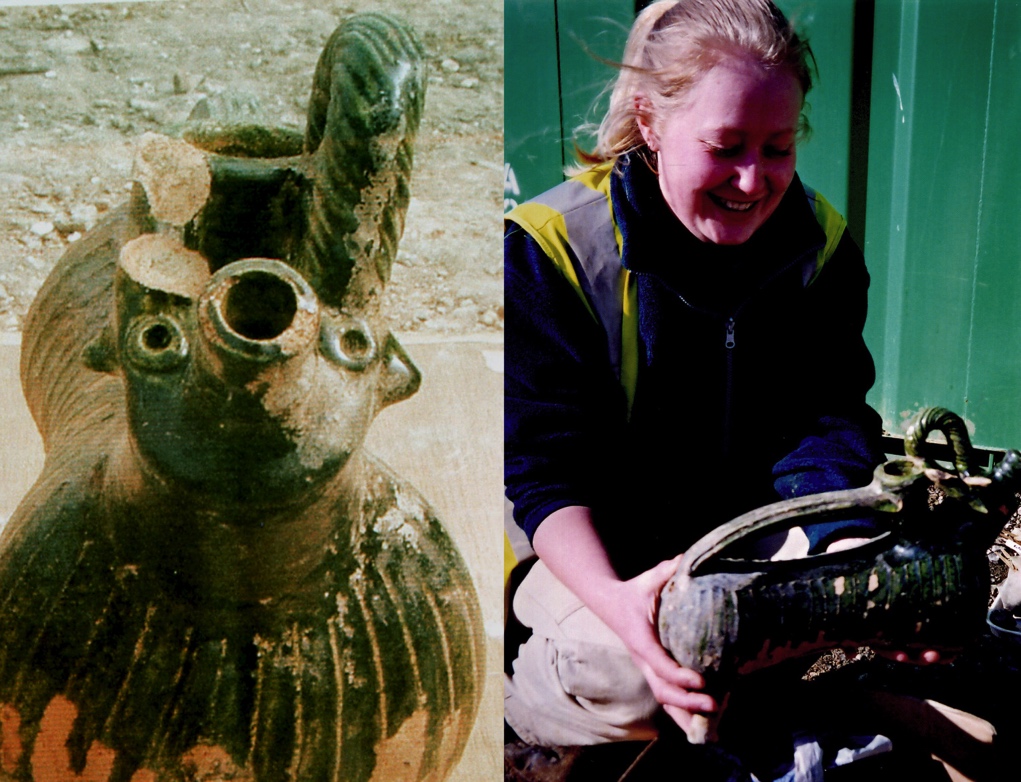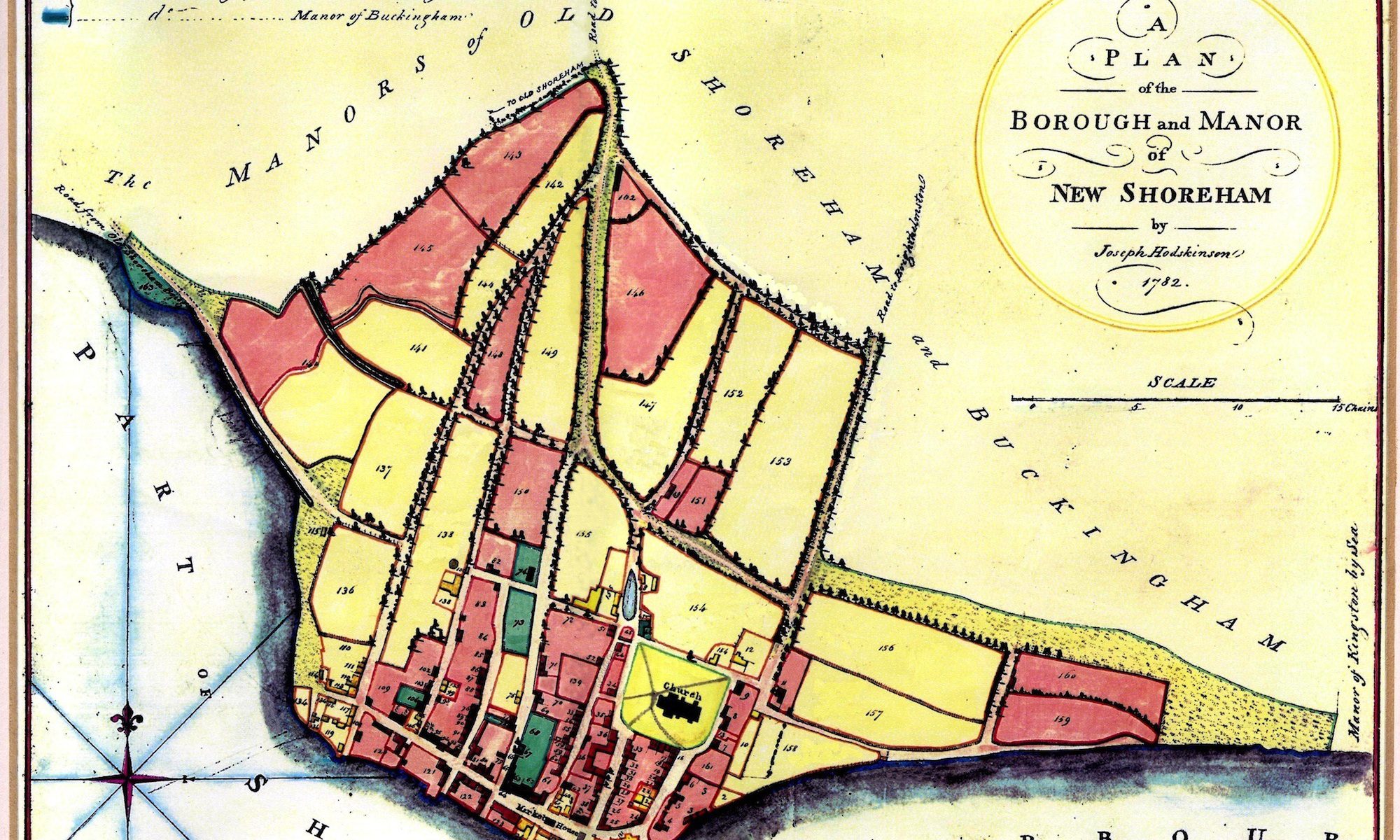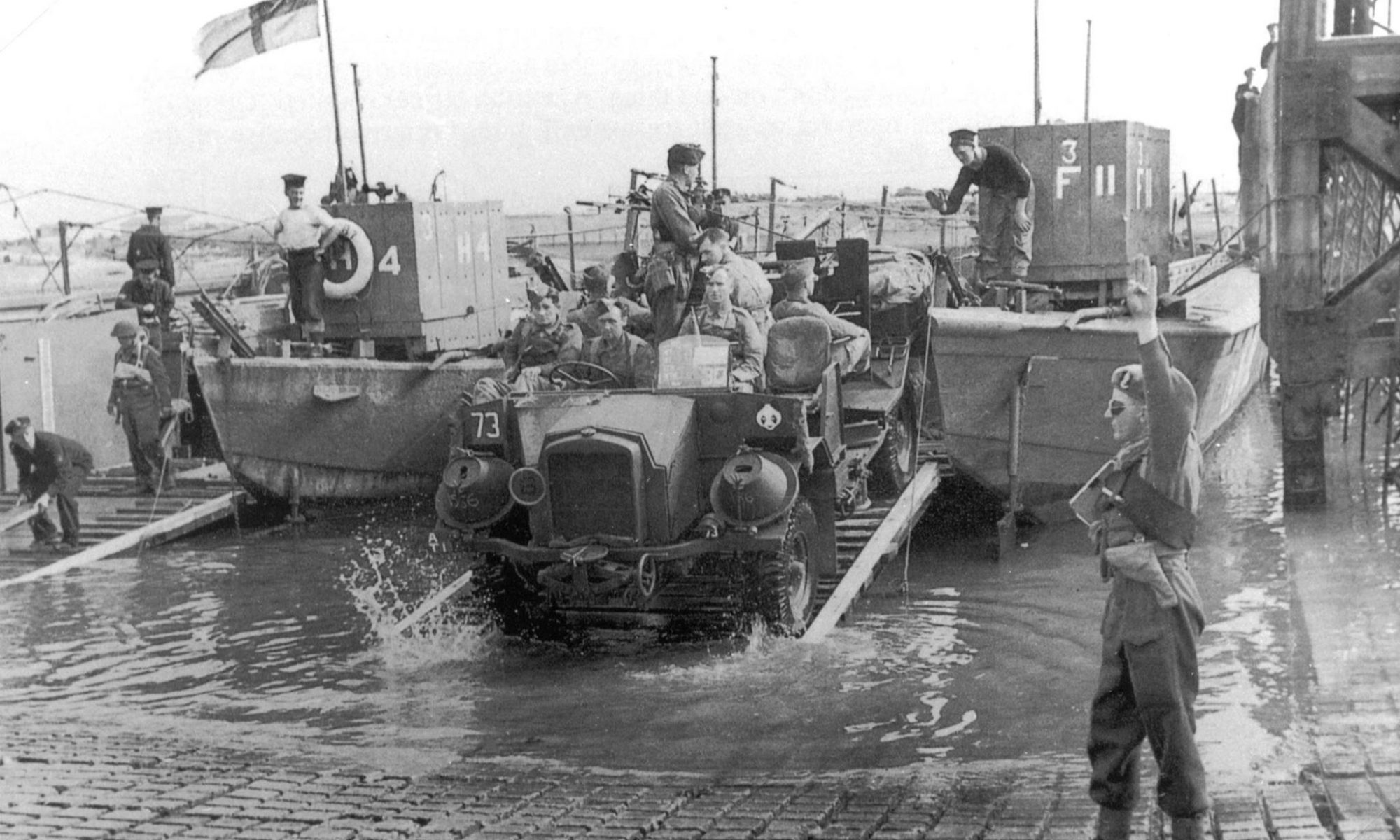Before the footbridge was built access to the beach was gained either by a long walk through town and over the Norfolk suspension bridge or, for a penny, a short ride across the river in one of the rowing boats operated by a group of ferrymen between Dolphin Hard (the eastern end of Coronation Green) and the south side of the river. In 1901 the Shoreham Workhouse was moved to new premises at Southlands and the original building at Ham Road became the St. Wilfrid’s children’s home. The children there were either from families who could no longer care for them or came from a deprived background – a situation that was recognised with sympathy by many in the town.
Continue reading “The Shoreham Ferrymen’s Treat”Farmers, Millers and Bakers
From sowing the seed and harvesting then milling the flour to baking the bread, one Shoreham family provided the full service.
Henry Adams was born on the 22nd October 1798 at Barcombe, Sussex and came from a long line of farming folk in and around mid Sussex. He married Phoebe Avery from another ancient mid Sussex family, ten years his junior and born in Plumpton. Henry was a master miller and baker and owned a fine farmhouse in Plumpton Lane. He married Phoebe at Plumpton on 21st April 1829 and their first child, also Henry, was born there on 9th March 1830.
Coliseum Theatre Programme 1919
A rare programme of a musical comedy at the old Coliseum that once stood at the between Ham Road and Brighton Road next to the Ham. No local people seem to be involved and the performers appear to be a travelling troupe probably based in London that also toured the provinces.
The theatre regularly staged revues from London and on Sundays supplemented these with a ‘programme of pictures’ – probably early movies that were later to replace the live shows entirely. Cakes, biscuits and non-alcoholic drinks were sold at each performance and the management seemed to consider it necessary to include a note in the programme that the theatre was regularly disinfected with Jeyes Fluid! Continue reading “Coliseum Theatre Programme 1919”
CHALK – A History of Shoreham (Beeding) Cement Works
During the 1950’s cycle rides to Bramber castle were a regular outing for us kids but mostly via the Coombes/Botolphs route. It was far more interesting that way with its winding road and steep hills, each hard climb being rewarded with an exhilarating race down the other side – this in the days when there was little traffic about, particularly on that road.
Continue reading “CHALK – A History of Shoreham (Beeding) Cement Works”Canvas, Wood & Wire
Stories of early flying at Shoreham 1910 – 1918 including personal experiences from pilots and spectators
Continue reading “Canvas, Wood & Wire”Buckingham Arms Side-Spouted Ale Measure
This pewter pint measure was made by George Farmiloe & Sons of John Street, London EC1 in the 1870’s (1). It has two Victorian verification marks (official excise weights and measures) of a crown above the letters VR over the numbers 74 on one and 167 on the other – 167 was the number for Steyning district. There is also another mark of a crown above WS for West Sussex. The maker’s name is also stamped thereon – known in the pewter makers’ trade as touch marks. Finally, the names ‘A. Thorncroft, Buckingham Arms’ are beautifully engraved in script upon the opposite side to the handle of the measure.
Excavations at Church Street
The entire block of houses numbered 13 to 23 in this area of Church Street were built in the1850’s by G.H.Hooper, a Shoreham property developer and descendant of the ancient Poole family of the town. Hooper had previously acquired and demolished the earlier building on the site that was believed to be 16th century. Anciently known as ‘Chantry House (before the later house of the same name in East Street) the southern half was used as the Customs House until the 1830’s. Continue reading “Excavations at Church Street”
Archaeological Excavations at Ropetackle
Introduction
The Ropetackle site had been the subject of a long-running series of failed development plans, but following the entry of SEEDA (South East England Development Agency) into the process planning, permission was given for a mixed development at the site. Owing to the position of the site within the area of the well-documented Norman new town and busy medieval port, and hence the high potential for the survival of archaeological remains, a condition was attached to the planning permission requiring archaeological work in advance of any development. Hence an archaeological evaluation was carried out in October 2000. The excavation of trial trenches uncovered a number of medieval and post-medieval remains with associated assemblages of pottery, animal bone, building material, clay tobacco pipes and other artefacts. These results confirmed the significance of the site, and underlined the need for more archaeological work.
1782 Survey of New Shoreham
An Identification of the Present Day Locations of 1782 New Shoreham Buildings,Fields and Land using the 0riginal Survey Schedule and Map.
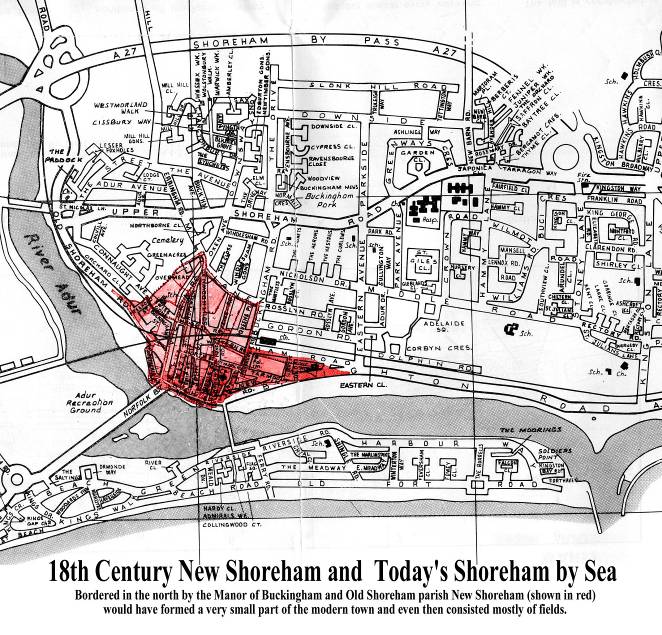
Bombing and Other Incidents during WW2
Shoreham and Southwick Bombing and Other Incidents during WW2
This work identifies the accounts of bombings and more serious incidents (as well as some less serious but nevertheless interesting) in Shoreham and Southwick during WW2. These have been identified primarily from the official West Sussex Action Officer’s Minute Books and in some instances have been embellished with first hand reminiscences of the people that witnessed them.
“A total of 37 raids were carried out on Shoreham and Southwick by enemy aircraft during the war. These involved 143 high explosive bombs, 5 oil bombs and in excess of 2,000 incendiaries causing the deaths of 17 people and injuring 108 others.” (Shoreham Herald 6th October 1944). The number of HE bombs shown in the Minute Book reports are fewer but they do not always include all the bombs in every incident, nevertheless they still amount to over 100. Continue reading “Bombing and Other Incidents during WW2”


